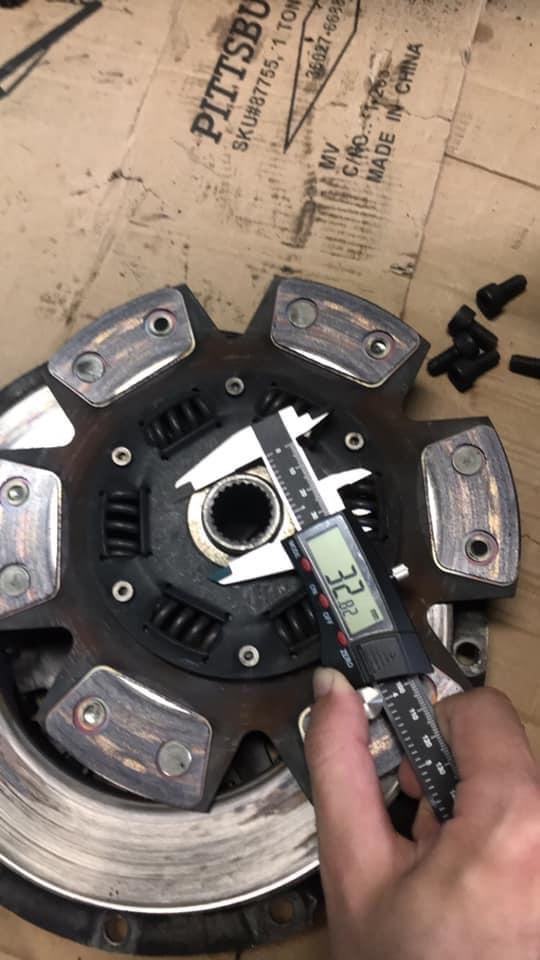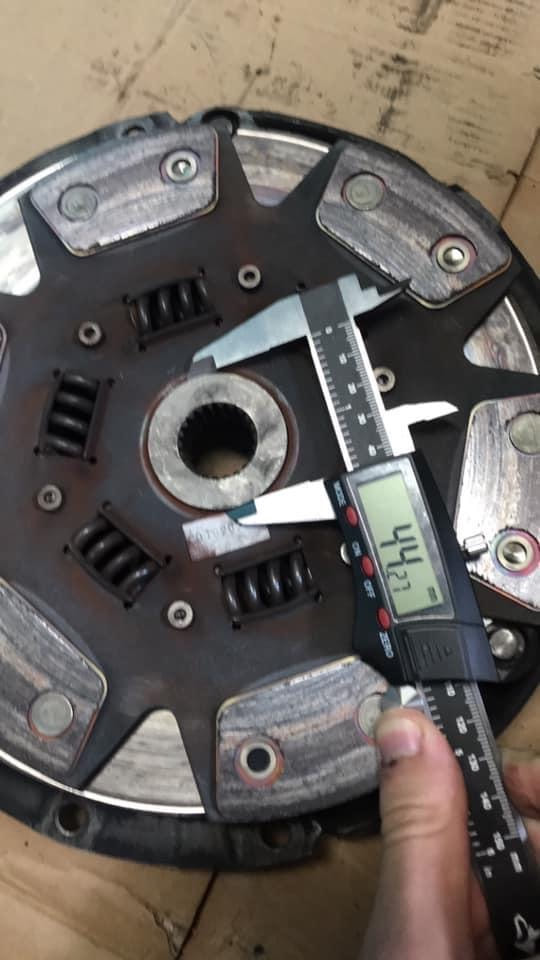|
I have to admit I'm really tired of the covid restrictions because I miss working with my friend face to face. The quick jokes and ready smiles, the good stories and sharing of a journey are some of the things I look forward to. However, I have an autoimmuno compromised wife and I'd really miss her too. As frustrating Covid may be, I've had to adapt to the current situation and figure out a way to work safely. Covid will end at some point, and I'd like to be ready with a really fun car. Last week the goals were cleanup on both software and hardware side. I got the hardware cleanup 90% done with the number of Pi's shrinking from four to two. One Pi to run the contactors and BMS and one to run the motor and throttle software. As I took things apart to shrink the number of Pi's, the scope and complexity of making an electric car was creating some tension for me. There were are still a number of unknowns that could affect the cost and time of the project. Complexity and unknown costs equals an unknown budget, which can make anyone nervous. The three major things still worrying me are: one, the Leaf Motor coupler, two the DC-DC converter, and three, the charger. Leaf Motor Coupler: Being able to turn the motor is useful and controlling the RPM is even more useful. However, none of that is worth much without connecting the motor to something like a transmission or differential. My friend Doug has been teaching me the basics of a online CAD tool called "onshape". We had dimensions to make a plastic cut out, but I didn't know what the dimensions of the connecting clutch disk we'd be welding to. I haven't pulled the Miata motor yet and none of the car parts stores I called had a clutch in stock for me to measure. I asked the FB Austin Miata group, and a complete stranger measured his clutch and sent pictures of the measurements. How cool is that! It was so nice to feel supported by the rest of the community. I can see many test drives in the future with my new friends Using the onshape tool, Doug created a basic coupler that we can weld the clutch disk center to. I asked Marc Davis, CEO of Momentum Motors here in Austin who they use for machine shop work and he gave me three places to try with hints about quality and pricing. I'd meet Marc at the Fully Charged show here at Circut of the Americas in Austin. I sent the drawings produced by onshape to emachine.com for a bid and they came back with a quote of $500. Four hundred seventy five setup fee and $25 for the coupler. This is good news, because a Leaf motor transmission, which contains one factory coupling piece costs $500. We'll be able to have the couplers made much cheaper, once our team figures out the tolerance problems. Doug and I chatted about tolerances and we still have some work to do. Part of the issue is that laser cut plastic has some amount of variance from cutting that is estimated to be .005". Doug assured me from the classes that he's taken on machining that a difference of .002" is quite significant. So the journey of learning and experimenting continues. DC-DC converter and Charger: The DC-DC converter and the charger are pieces that came with the Leaf motor and cost a reasonable amount of money to replace. The DC-DC acts like an alternator in a traditional car, taking power from the main pack and converting it to the approximately 12 volts that the car system runs on. DC-DC converters run between $200 and $400 dollars. The Leaf DC-DC converter is water cooled and most likely of high quality The chargers run between $700$ and $1600 depending upon size and quality. While the Leaf charger isn't very large (3.3Kw), I already have 2 of them. Being able to do this project cheaply really appeals to me since I've seen other conversions costing a fair amount. The idea is not to cost as much as a Tesla! In other news, I continued work on PID tuning. I found that the settings I used for one particular RPM change (from 0 to 3925) were not very good for 250 rpm operations nor that great for 10K rpm operations. I will be making a video of tuning process and possibly a program to speed up the tuning process. Here's the results I have so far. I can ask the motor to play a scale with the max torque used set at 600 (out of 2047). I should be able to reduce the transitions to 250 ms or faster. Then we'll see what more tuning brings. Teresa thinks it's cool, but I'm convinced I can make the motor do much better.
The main battery configuration is finalized at 6 packs, each containing 352 cells. Each pack will have 22 cells in parallel and each group of 22 will be connected in series 16 times. The fully assembled pack gives me 84Kw of power fully charged and 76kw nominal. The batteries are LG-MJ1 18650, made by LG and will give me a 26.5KwH capacity. This should result in a range of somewhere between 50-100 miles. The pack should weigh just under 300 lbs, complete with bus bars, BMS boards, protective plastics and connecting copper and solder. Most of the weight can be placed in the rear/middle of the car. Thinking ahead to actually installing the batteries in the car, I'm thinking we'll want a rotisserie for the car, so we won't have to weld above our heads. Welding over ones head is never fun, and quality suffers. Given that we'll be cutting floor boards, we'll want to restore some of the structural strength which means more welding. Welding is much better to do on a vertical or flat surface. Building a rotisserie will be fun (https://www.youtube.com/watch?v=BK60xAhftEI link). Yes, just like a BBQ, but for a car. Joe made major progress this week on the BMS boards, implementing features to measure voltage and temperature. Next up will be cell shunting, used to balance the batteries and parameters to adjust for board differences and shunting behaviors. I will be picking up four boards from a socially distanced Joe sometime next week and adding them to the mini-pack. That means I'll be able to start on the BMS software that runs on the Pi. Next week, I'll do more research of chargers, DC-DC converters, make that PID tuning video and work on software clean up. I'm hoping to do more documentation on the milestones of each of our sub-projects so we can all get a better sense of dependencies and what we'll need before we can do a test drive.
0 Comments
Leave a Reply. |
AuthorBill likes cars that understand the 'go fast now' pedal. Archives
May 2022
Categories |
Proudly powered by Weebly



 RSS Feed
RSS Feed